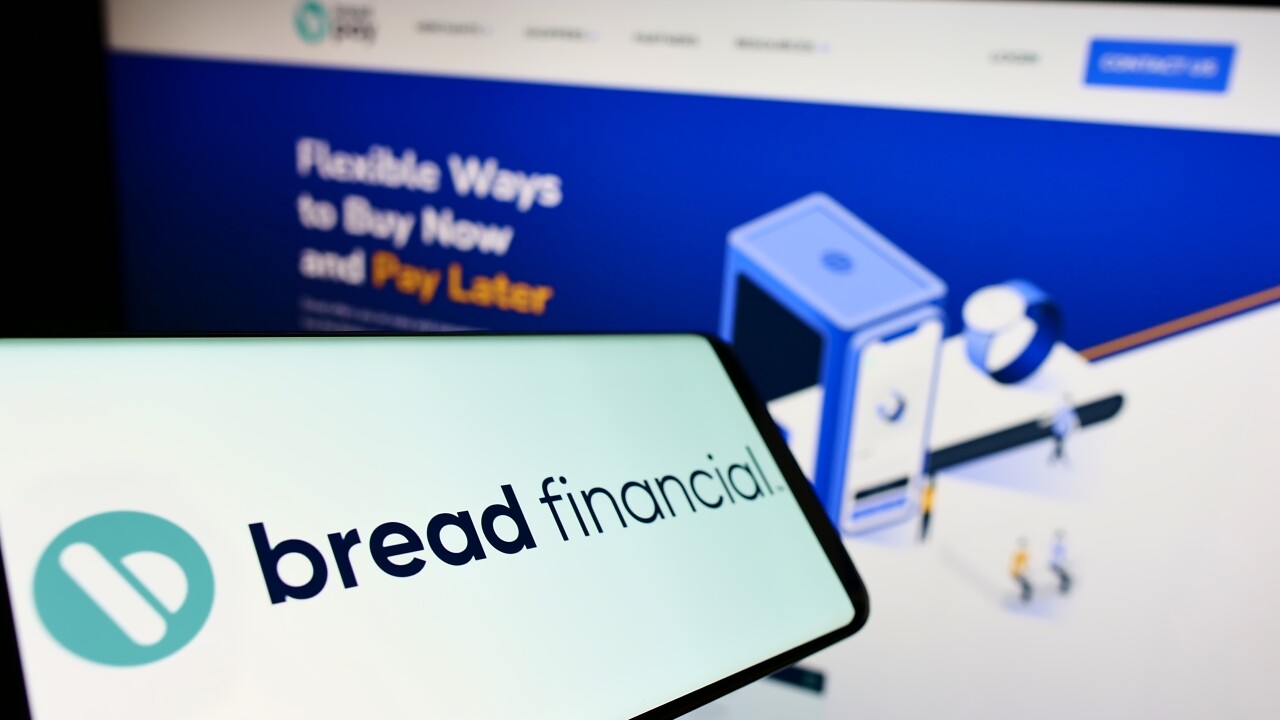The world’s largest retailer will acquire a 77 percent holding in
The deal, Walmart’s biggest ever, gives it greater access to India’s e-commerce market, which Morgan Stanley has estimated will grow to $200 billion in about a decade. But it will take some time for the business to turn profitable, and analysts on a Wednesday morning call about the deal adopted a cautious tone. S&P Global Ratings changed its outlook on Walmart to negative.

“As Flipkart is expected to generate meaningful losses for at least the next few years, this is clearly an investment for the future,” Moody’s analyst Charlie O’Shea wrote in a note.
Walmart shares dropped as much as 4.2 percent to $82.12 as of 10:28 a.m. in New York, the lowest intraday price since October. The company’s stock was already down 13 percent this year through Tuesday’s close.
The retail giant declined to give a specific timetable on profitability, saying only that Flipkart’s losses should decline “in the mid to long term.” The deal will shave 25 cents to 30 cents per share from this year’s earnings, with that impact doubling the following year.
“It’s typical of a business like this that, as you scale up, you will have losses. We expect those losses to continue for a little while,” Walmart’s Chief Financial Officer Brett Biggs said in a phone interview.
S&P lowered Walmart’s outlook to negative from stable, citing increasing leverage and risks stemming from the company’s spending to expand online and globally as it continues its share buyback program. The credit firm rates Walmart AA, the third-highest investment grade.
The negative outlook shows there’s “about a one-in-three chance” that Walmart’s strategy shift could result in a downgrade over the next two years, the credit-ratings company said in a statement.
With the Walmart tie-up, Flipkart gets additional capital and expertise to battle Amazon, which has spent billions of dollars to gain customers in India. Online sales in the world’s second most-populous nation are growing about 35 percent a year, according to data tracker Euromonitor, fueled by a rising middle class and urbanization that present an attractive environment for e-commerce.
“We’ve been looking at this business for some time. India needs no introduction; it’s a fantastically growing market. And it fits right in with our strategy,” Judith McKenna, Walmart’s international chief executive officer, said in a phone interview.
Walmart was
For the U.S. retailer, acquiring a stake in Flipkart enables it to tap into India’s retail market without building stores. Walmart once envisioned operating hundreds of locations across India but it has been unable to open traditional units because of long-standing governmental rules for so-called multibrand international retailers. Walmart entered India in 2009 through a joint venture with Bharti Enterprises, and
Walmart’s investment includes $2 billion in new equity funding, which the companies say will be used to spur Flipkart’s growth. The companies said they’re also in talks with other potential investors, which could result in the U.S. company’s stake being lowered, though it will retain majority ownership. Flipkart will maintain a separate brand and operating structure, the companies said.
The deal is the largest-ever in e-commerce, according to data compiled by Bloomberg.





